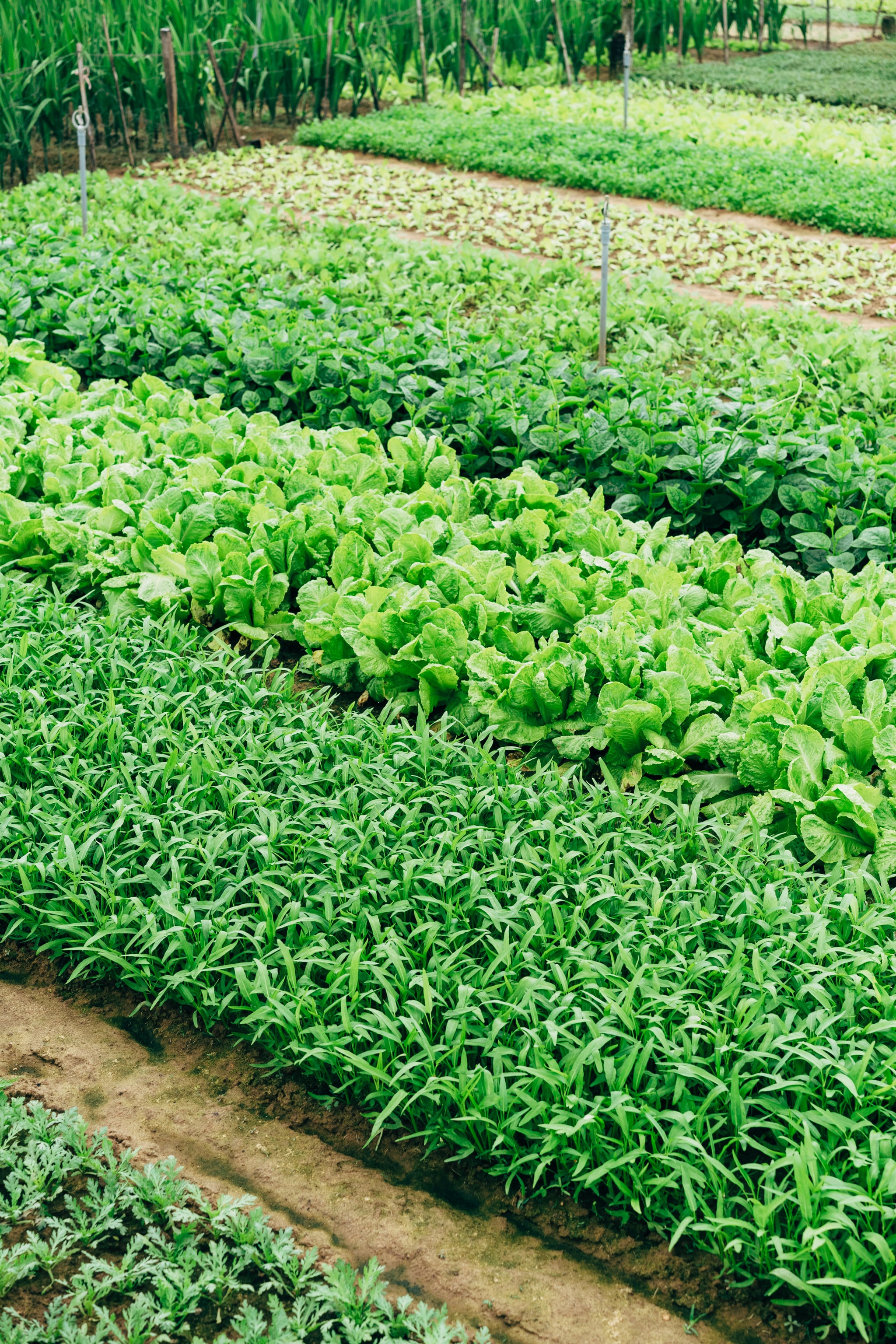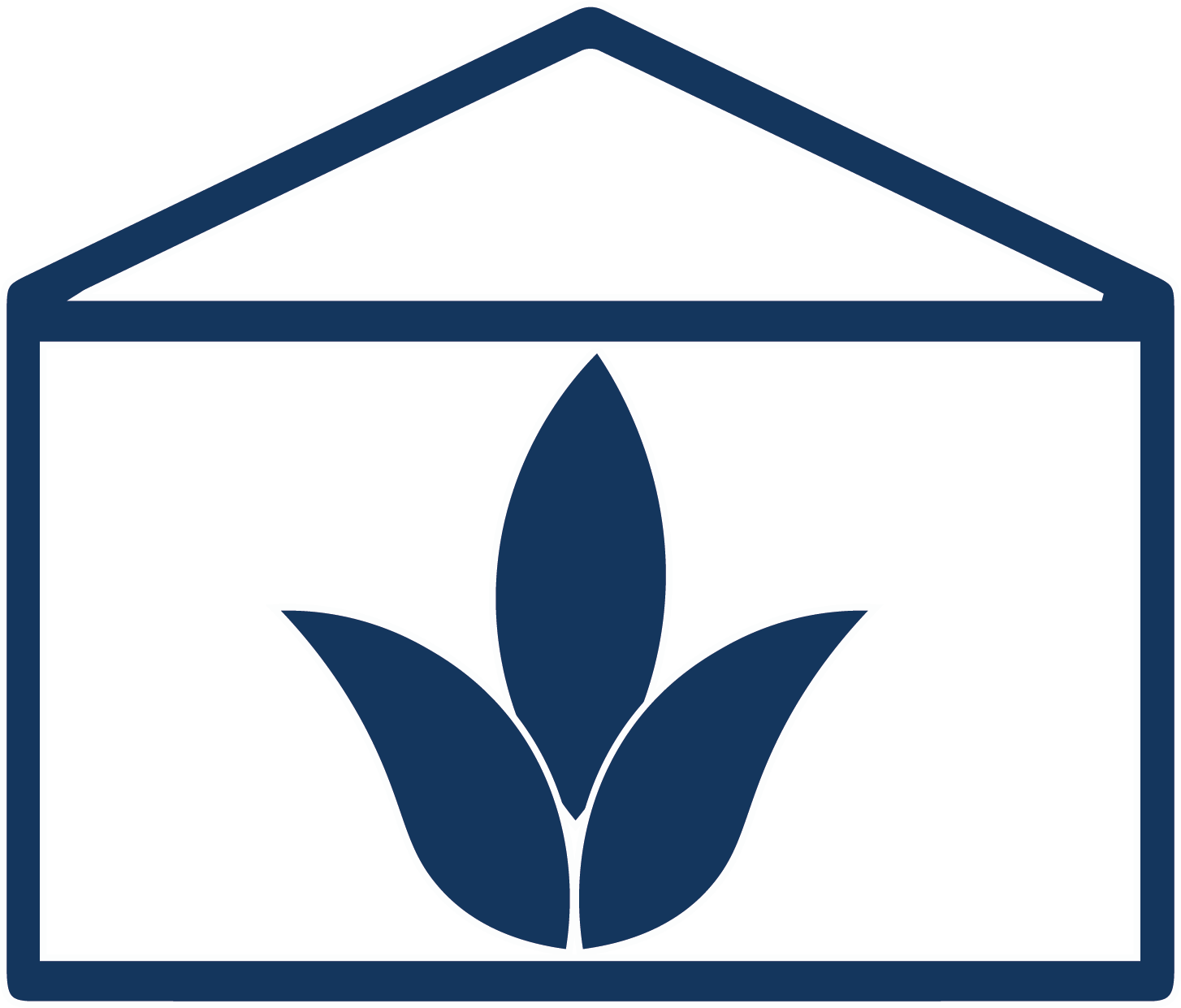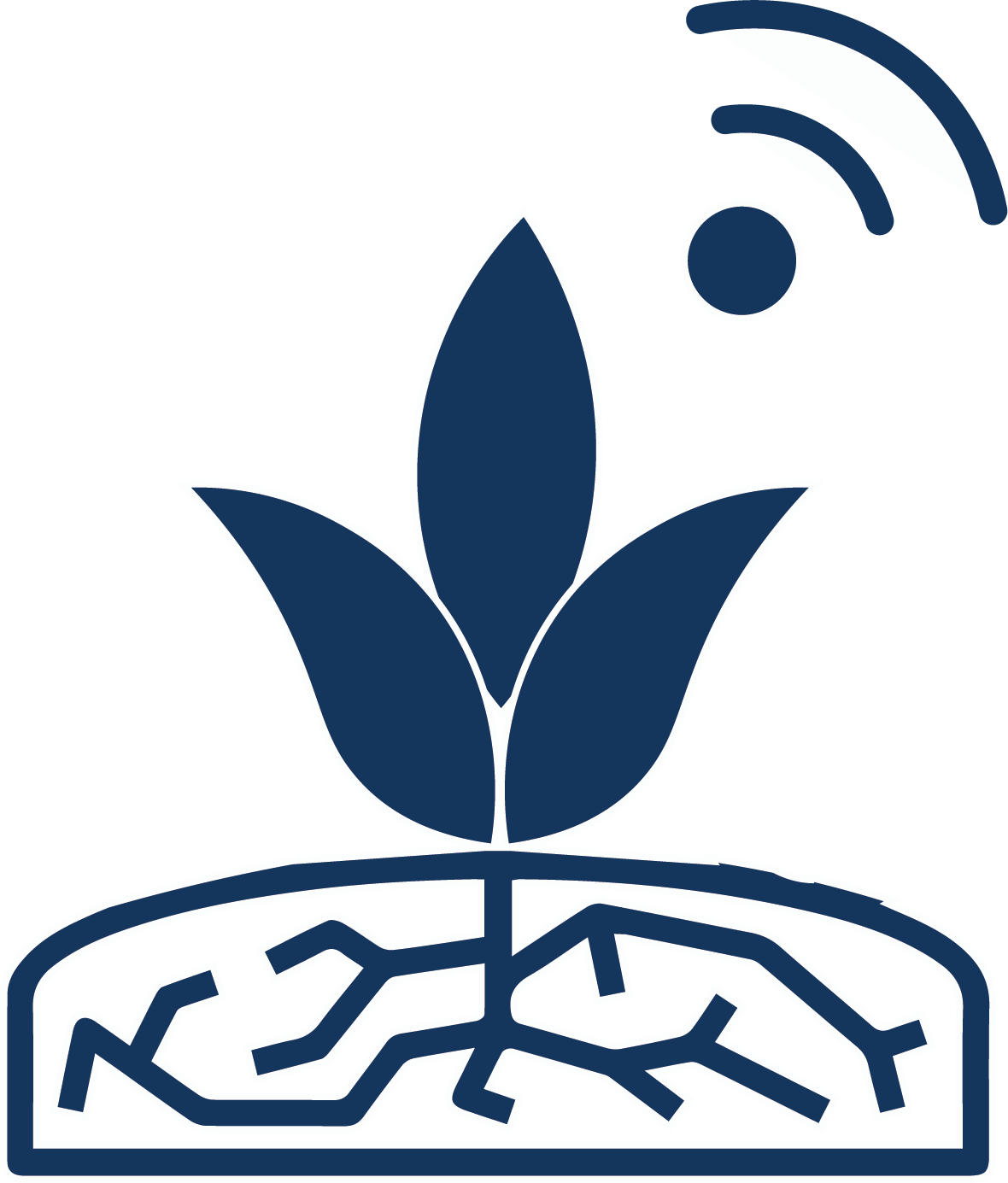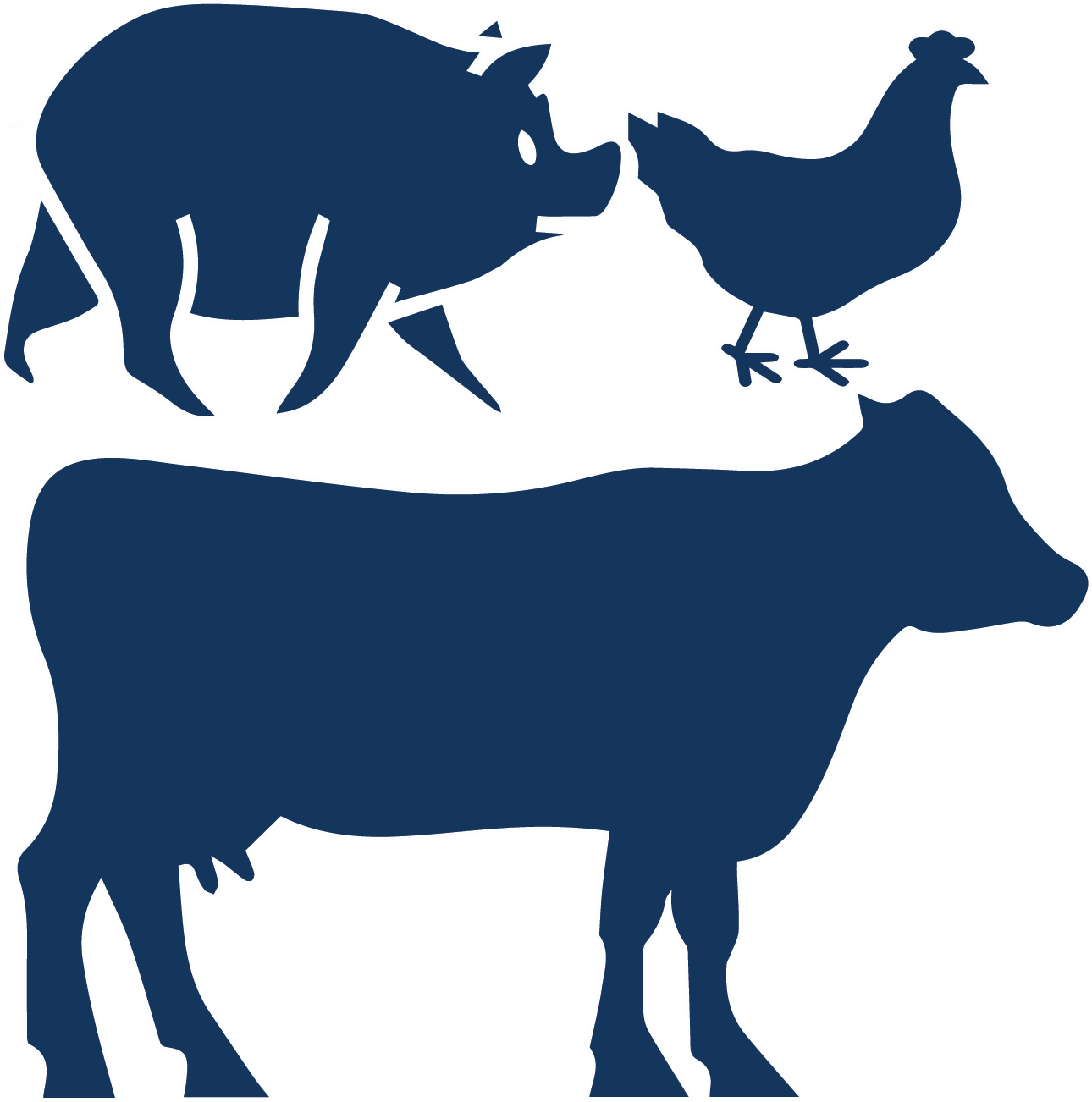What is Smart Agriculture?
Smart agriculture refers to the application of IoT solutions in agriculture and farming. So,
why is iOT applicable to agriculture? By using IoT connected sensors to gather
environmental, plant, soil data and machine metrics, farmers can make more informed
decisions on planting and harvesting, thereby improving almost every aspect of their farming
operations.
By integrating smart technology with their farming equipment, farmers can not only improve
their day to day farming operations, but also improve their year over year patterns. By
collecting data on not only their plants, but also on weather patterns as well, farmers can
get accurate predictions about what crops will grow the best in the coming years. IoT in
Agriculture will allow them to plan out their years better for higher crop yields.




